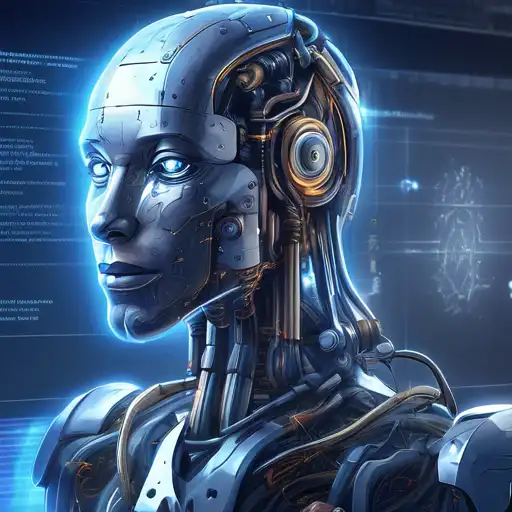Introduction to AI Myths
Artificial Intelligence (AI) is a rapidly evolving field that has captured the imagination of many. However, with its growth, numerous myths and misconceptions have emerged, especially among beginners. This article aims to debunk some of the most common AI myths, providing a clearer understanding of what AI truly is and what it can do.
Myth 1: AI Can Think and Feel Like Humans
One of the most pervasive myths is that AI possesses human-like consciousness and emotions. In reality, AI operates based on algorithms and data. It can simulate certain aspects of human thought processes but does not experience feelings or possess self-awareness.
Myth 2: AI Will Replace All Human Jobs
While AI is transforming the job market, the idea that it will replace all human jobs is an exaggeration. AI is more likely to augment human work, taking over repetitive tasks and allowing humans to focus on creative and strategic activities. For more insights, check out our article on The Future of Work.
Myth 3: AI Is Infallible
AI systems are only as good as the data they're trained on. They can make mistakes, especially if the training data is biased or incomplete. Understanding the limitations of AI is crucial for its effective application.
Myth 4: AI Development Is Only for Experts
Another common misconception is that AI development is inaccessible to beginners. With the abundance of resources and tools available today, anyone with an interest in AI can start learning and experimenting. Explore our Getting Started with AI guide for beginners.
Conclusion
Debunking these myths is essential for fostering a realistic understanding of AI's capabilities and limitations. As AI continues to evolve, staying informed will help beginners navigate this exciting field with confidence. Remember, AI is a tool created by humans, for humans, and its development is an ongoing journey.
